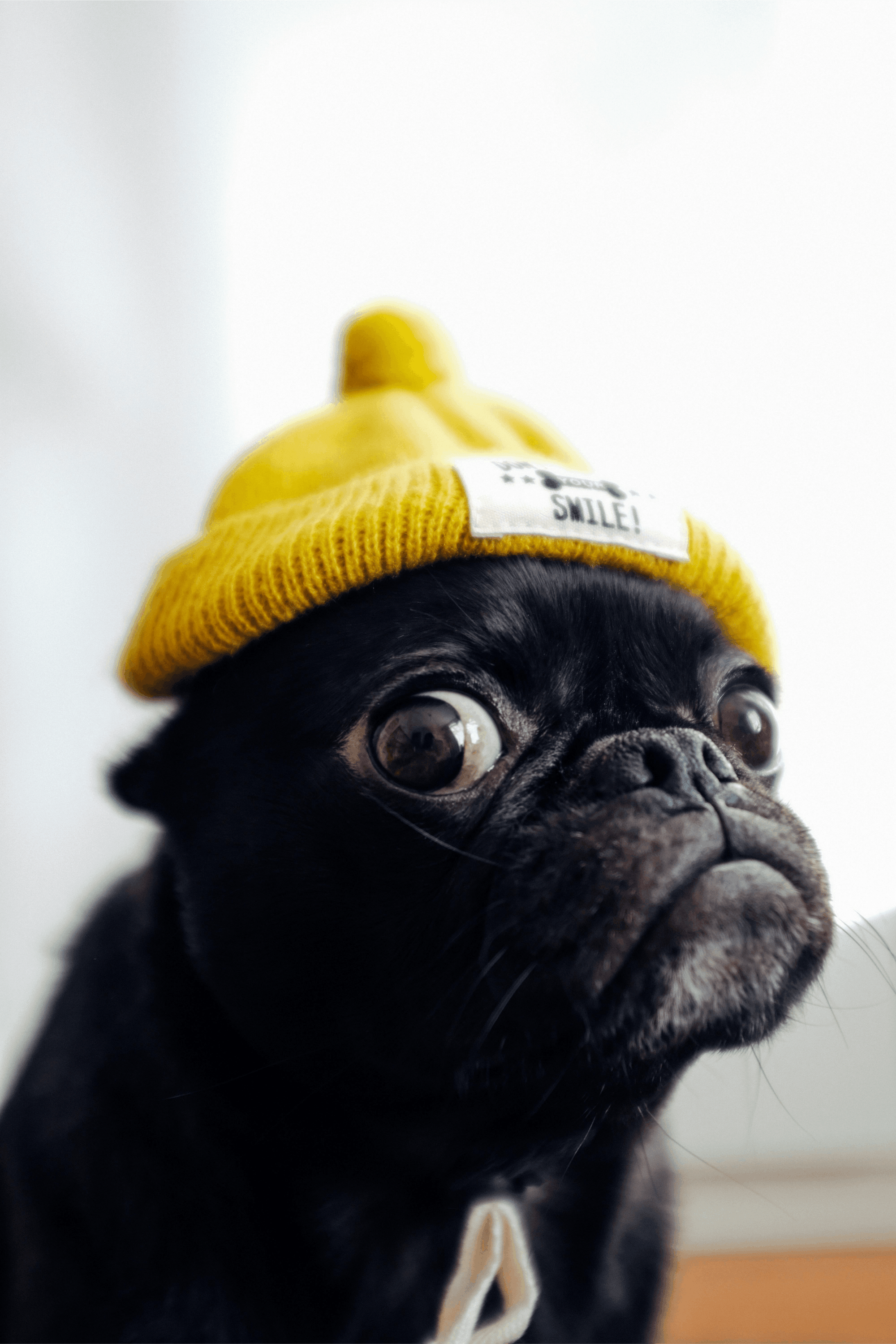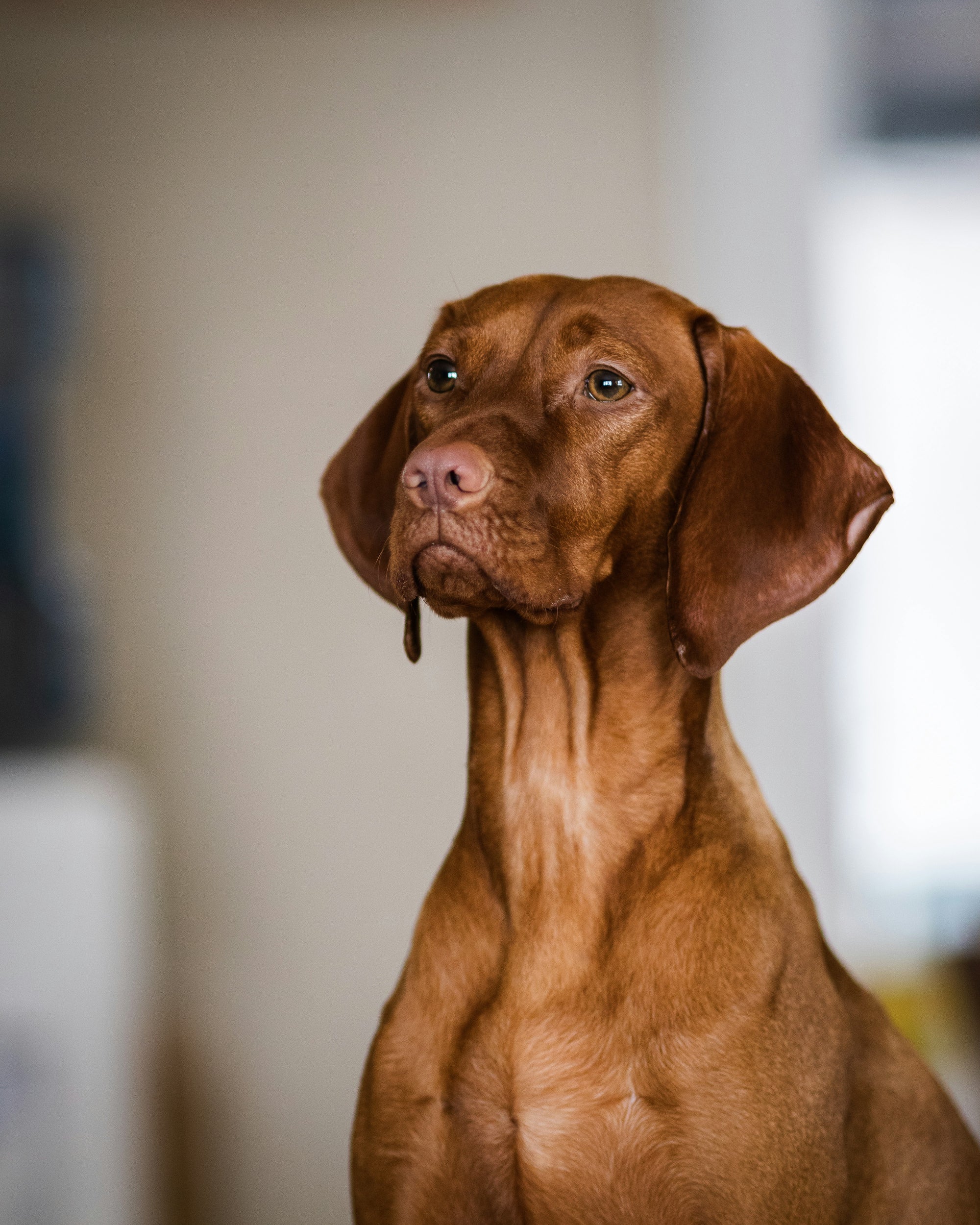Hello Friends this week comes a dog breed that you don't think of as an ancient breed, but the earliest drawings were in caves!
That's right - the Dalmatian is as old as cave drawings.
Now, we don't know the exact history of the Dalmatian, but it's believed that the name Dalmatian (and the breed) originate from Dalmatia, which is on the Adriatic Sea.
Where is the Adriatic Sea you ask? Italy is shaped like a boot, the Adriatic Sea is the water mass east of Italy, but Dalmatia is part of Croatia's coast.
Next question, I already know what you're thinking, because I'm thinking the same thing!
Where do the spots come from?
And I hate to disappoint but nobody knows, but possibly from the Harlequin Great Dane - that's the spotted Great Dane or from a Pointer breed - they certainly have the look of a Pointer, I agree with that idea.
But let's briefly reflect on such a unique dog with its consistent spots throughout time, an ancient breed and we don't know where the spots come from.
Truly Amazing!
It really tells you something about the form and function of the Dalmatian when a key quirk of the breed is the pads on their feet - and make no mistake, these are some quirky dogs to begin with.
The Dalmatian is a natural runner, they are constantly on the go!
And since the Dalmatian is an active breed with the foot pads to prove it, you're going to want some running shoes to match.
The Dalmatian is not a breed to be taken lightly.
And still, when you're ready to quit your 5-mile jog, they are just warming up.
They are a dog breed that doesn't get flustered, they know what they want and will get it no matter what it takes.
The Dalmatian is an alert breed - when you think it's time to quit, they want to continue.
Do you get where I'm going with this?
The Dalmatian is of the highest energy!
But they do not require heavy grooming, so that's a plus.
And overall they are not an aggressive breed, they are playful but stubborn is the best way to put it.
The Dalmatian is in the non-sporting group with the Bichon Frise, Miniature and Standard Poodles, and the ancient Mexican breed the Xoloitzcuintli - we will be bringing you the Bichon Frise and Xoloitzcunintli in future videos, but you can check out the standard and miniature Poodle blog here.
It's good that the Dalmatian is in the non-sporting group since they are not a hunting dog, even though they have the characteristics (size and shape) of a retriever - I think.
You may be thinking that the Dalmatian is a new breed like I did, but they are ancient.
And when I say ancient, I'm telling you that caves have drawings of a spotted dog, and while you may think a spotted dog is not a big deal, no other breeds have spots like the Dalmatian.
Which makes it really challenging for an archeologist to pinpoint where the spots originate.
The closest mixes could be the Harlequin Great Dane, which has black and white patterns, but not spots.
Along with the shape of a retriever.
It seems like it would be so easy to find where the Dalmatian originates because of its unique spots, but here we are with inconclusive evidence.
With that said, we know - or at least we think we know the "spot" - where the Dalmatian originates, and that is along the coastline - opposite of the Italian boot shape, along the Adriatic Sea - in Croatia, a region called Dalmatia.
Very little grey area there so chalk it up to good old common sense.
But we don't know with 100% certainty, but the signs are pretty obvious.
Also, there are clues that the Dalmatian was part of a European Nomad civilization and being in a circus and being a war dog - from centuries ago.
There were also a few paintings from the 17th century that featured the Dalmatian.
How the Dalmatians became associated with fire trucks is very interesting.
Because the Dalmatian can run long distances - effortlessly and it was noticed that during the time of horse-drawn carriages, the Dalmatians were always around horses.
And the Dalmatian would run along with the horses drawing fire equipment, and the horses would be calmer with the Dalmatians within view.
Because they could run a long distance they wouldn't get tired either.
A real win-win.
And short of having a unique coat with their cool spots, the Dalmatian doesn't serve much of a purpose; and we are coming full circle, which is why they are in the non-sporting group.
But thankfully being a spotted circus act means you don't go extinct, and I think we can all appreciate that - in the time of cars.
Now, besides still contributing to the Fire Stations, the Dalmatian would make a great companion for long-distance runners, and at least they won't get sidetracked by wild game along the path.
The Dalmatian with its thick foot pads and deep chest can absorb the terrain and the long distances with ease.
When a Dalmatian is born they are all white, not until later do the spots come into the coat.
And the coat only requires light grooming with a gentle brush, which is nice.
The Dalmatian can still live a long time for a dog these days, which is typically between 13 and 15 years, which is very impressive.
This means you will have a jogging companion for a long time, so get some new shoes because the Dalmatian has a maximum energy level when compared to any dog breed!
And if you like your furniture you will comply with the jogging regimen, because they can be mischievous if the stubborn Dalmatians do not get their way.
Since the channel is called Learn, Don't Return, we want you to make the best decision and avoid returning a Dalmatian.
Okay?!
The Dalmatians are spirited eaters so feed from stable non-movable dog bowls that make cleanup easy.
Also, they are substantial dogs, weighing between 35 and 70 pounds - a high-quality dog food that will complement their energy level from a deep 2-quart stainless dog bowl to minimize the mess will also help keep them and your house looking good.
The Dalmatian is not a guard dog - they are a family pet that requires aggressive exercise, they are stubborn but also intelligent.
And you can keep them busy by competing in conformation - dog shows, agility, rally, obedience, coursing ability tests, and tracking and because everyone loves a spotted dog they are fun therapy dogs - they cheer up everybody!
The Dalmatians were recognized by the AKC in 1888 and the Dalmatian Club of America was formed in 1905 - and this club also has a unique competition for Dalmatians only called "Road Dog".
Now, would you let a Dalmatian lead you on a jog?



